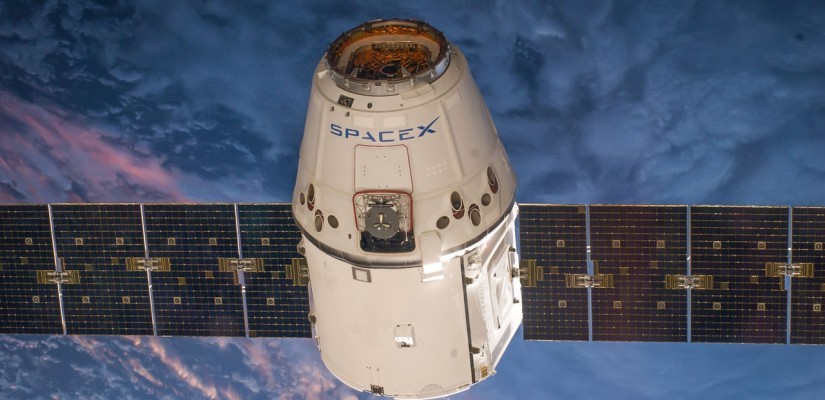On the evening of February 21, 2019 Israel launched a small module into space with the intent of landing it on the moon. The mission seeks to put a small device on the moon to conduct readings of the moon’s magnetic field. Success with this mission would make Israel the fourth country to perform a “soft landing” on the moon. The launch is a key test of Israel’s ambitions as a spacefaring nation, and it also highlights the degree to which several countries around the world are developing an increased interest in space.
What is remarkable about this missions is that it is not primarily a government project. While the Israeli government promised to contribute 10% of the cost of the project, the initiative has been led not by the Israeli Space Agency but by SpaceIL, a non-profit founded for the purpose of putting an Israeli spacecraft on the moon. The work has been done in conjunction with the state-owned Israel Aerospace Industries, which has been serving as a partner organization for the effort. The American engineering firm SpaceX made its own contribution to the project, as the Israeli lander was launched into space on a Falcon Heavy rocket. Thus, if the mission is successful, it will also constitute the first time that private industry has landed spacecraft on the moon.
Israel is not the only country looking to reach the moon this year. India has also been developing its capacity, and has scheduled its own lunar landing mission for later this year. Its Chandrayaan-2 mission is scheduled to take place in April, and will contain a lunar rover that will be able to drive across the moon’s surface and perform on-site chemical analysis. This mission will build on the success of the Chandrayaan-1 mission, which put a small satellite in orbit around the moon and also sent a small probe to perform a controlled crash into the lunar south pole.

These developments all reflect the degree to which interest in space is a growing trend among actors on the international level. Spacefaring capability is becoming a mark by which countries can distinguish themselves as being at the forefront of science and engineering. However, there is another side to these efforts as well. Space is increasingly being viewed as an area of concern for national security, and certain countries are already taking action to address this.
Space is viewed as a key future domain for conflict by major powers such as the US, China, and Russia. Recent efforts by each of these countries to augment their space capabilities reflect this strategic calculus. All three nations are attempting to build up their resources in space, and all three view space-based assets as being potential “game-changers” in the event of a serious international military conflict. All three are seeking to build up their military capabilities in space, and they are exploring the development of new weapons systems that rely on either traversing outer space or situating themselves in it. Spy satellites, satellite-killer devices, and other similar devices are becoming increasingly common in Earth’s orbit. This space arms race is reflecting the growing focus on space as an arena of great power competition.
While the exploration of space holds the potential for both scientific advancement and economic development, it is the security dimension that will drive rapid advancement in space technology in the short-term. Countries across the world will follow the lead of countries like the US and China in developing their space-based systems. However, this international military build-up will increase tensions among rival countries, and it could significantly heighten the potential consequences if tensions ever erupt into serious conflict. Unless developments in space can be properly checked and guided towards productive, co-operative purposes, the development of space will remain a growing threat.
